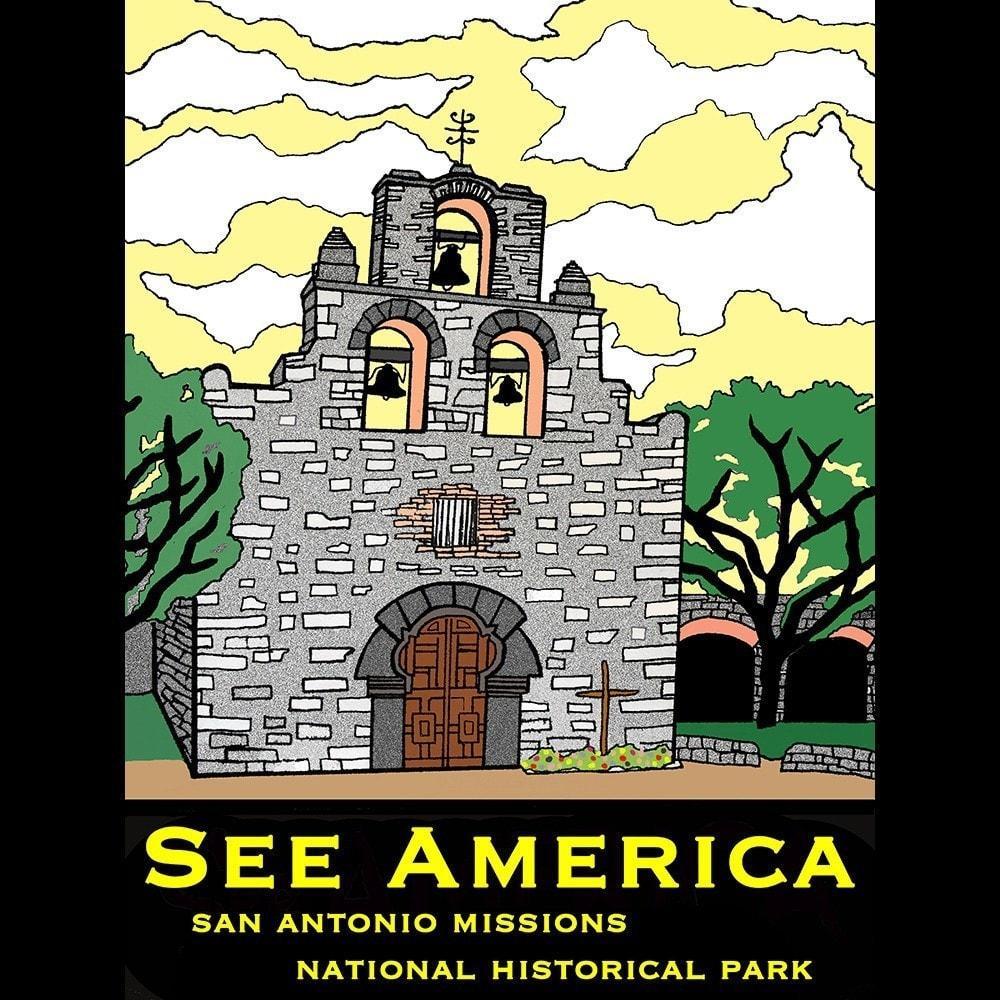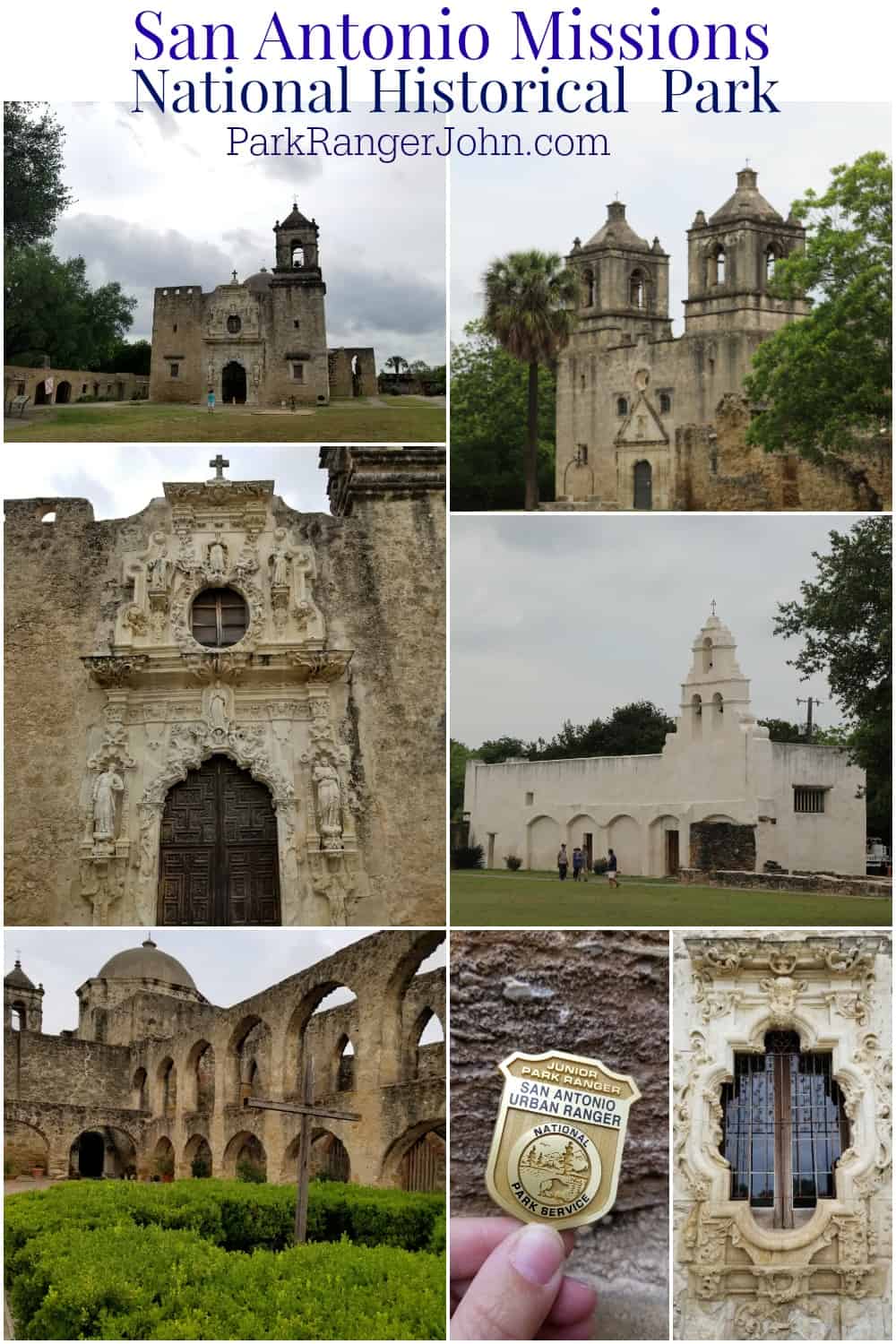Go To San Antonio Missions National Historical Park in TX: Rich History and Society
Go To San Antonio Missions National Historical Park in TX: Rich History and Society
Blog Article
Explore the Rich History of San Antonio Missions National Historical Park: a Comprehensive Overview to Its Cultural Significance and Preservation Initiatives
San Antonio Missions National Historic Park stands as a testimony to a lost era, enveloping an abundant tapestry of history and social value. As we embark on a journey via the historical history of these missions, we reveal architectural marvels that have actually stood up to the test of time. Nonetheless, beyond the plain physical structures, each mission, significantly Goal Espada, brings an extensive social weight that reverberates deeply with those that explore its grounds. Additional diving into the preservation initiatives and obstacles faced by the park reveals an intricate interaction between history, conservation, and area engagement. The tale of San Antonio Missions National Historic Park is not merely about the past; it is a living narrative that remains to unravel, welcoming us to ponder its long-lasting tradition and the recurring efforts to safeguard its heritage.
Historical Background of San Antonio Missions
The roots of the historical history of the San Antonio Missions run deep, linking Spanish early american influence with native societies in the South Texas region. Developed in the early 18th century, these objectives were founded by Franciscan friars with the objective of spreading out Christianity and converting the local aboriginal populaces. San Antonio Missions National Historical Park hours. The Spanish Crown sustained these goals as a way of solidifying control over the area and expanding their impact in the New Globe
The Spanish missionaries played a substantial function in shaping the social landscape of the area, presenting new agricultural strategies, style, and spiritual practices. The aboriginal neighborhoods, such as the Coahuiltecans and various other tribes, engaged with the Spanish settlers, resulting in a mixing of traditions and beliefs.
Over time, the objectives came to be not just spiritual facilities but social and also financial centers, attracting settlers from different histories. Today, the San Antonio Missions stand as a testament to this intricate history, showing the enduring tradition of Spanish colonialism and the durability of aboriginal societies in South Texas.
Building Wonders of the Goals
Having laid the structure of social exchange between Native areas and spanish missionaries, the architectural marvels of the San Antonio Missions exemplify a blend of European and indigenous craftsmanship that proceeds to mesmerize visitors. These missions, including Mission San Jose, Objective Concepcion, Mission San Juan, Mission Espada, and the Alamo, display distinctive functions such as elaborate exteriors, intricate carvings, vibrant frescoes, and tough stone walls. The Spanish Colonial design, characterized by curved doorways, belfry, and spacious yards, reflects a harmonious fusion of Spanish layout components with indigenous building strategies.
Each goal within the San Antonio Missions National Historical Park tells a distinct story through its style, highlighting the advancement of construction designs and social impacts gradually. Visitors can admire the skilled workmanship noticeable in the thorough stonework, hand-carved wood doors, and spiritual iconography adorning the interiors. These architectural work of arts stand as enduring testaments to the enduring legacy of the missions and the cultural heritage they represent.
Social Importance of Mission Espada
With its historical roots deeply intertwined with the aboriginal societies of the area, Goal Espada stands as an icon of cultural durability and adaptation within the San Antonio Missions National Historic Park. Established in 1690, Mission Espada was developed by Spanish Franciscans as a means to spread out Christianity amongst the Coahuiltecan people while also functioning as a facility for farming and sector. The goal's social significance lies in its duty as a conference point in between European and Indigenous American traditions, leading to an one-of-a-kind blend of building designs, religious methods, and agricultural methods.
Goal Espada's legendary aqueduct, referred to as "Acequia de Espada," is a testimony to the engineering abilities of both Indigenous and spanish peoples, showcasing their cooperation in building essential rivers for irrigation purposes. This unified fusion of social influences is further exemplified in the mission's complex carvings, colorful frescoes, and religious events that remain to be exercised to now. As one of the oldest unrestored stone churches in America, Goal Espada stands as a living testimony to the long-lasting tradition of cultural exchange and adjustment that specifies the San Antonio Missions National Historic Park.
Conservation Difficulties and efforts
Preservation in maintaining the historic stability of Goal Espada runs into a myriad of complicated difficulties that demand cutting-edge solutions and specialized stewardship. As one of the 5 objectives within the San Antonio Missions National Historical Park, Objective Espada encounters conservation issues stemming from ecological elements, urban advancement, and the recurring fight versus all-natural degeneration. The fragile balance between conserving the initial structures and making sure visitor gain access to and security needs meticulous planning and execution.
Initiatives to preserve Mission Espada entail a multi-faceted technique that consists of routine upkeep, structural evaluations, and conservation jobs. Collaborations in between park officials, historians, archaeologists, and neighborhood areas are essential in developing sustainable preservation techniques. Challenges such as moneying restraints, restricted sources, and the requirement for specific knowledge additionally make complex conservation efforts.
In spite of these challenges, the dedication to safeguarding Mission Espada's historic importance continues to be unwavering. Via continued research study, neighborhood involvement, and adaptive conservation practices, the preservation of Goal Espada stands as a testament to the devotion in the direction of shielding our social heritage for future generations.
Community Involvement in Park Conservation

Among the main ways the park entails the community is with volunteer opportunities. Regional citizens can join preservation jobs, educational programs, and unique events, allowing them to add straight to the conservation of the park. This hands-on participation not only profits the park in terms of added sources and manpower however additionally develops a stronger link in between the community and the park itself.
Furthermore, the park consistently looks for input from local stakeholders, consisting of neighborhood teams, companies, and federal government firms, to ensure that conservation initiatives straighten with the needs and worths of the surrounding community. By engaging with the neighborhood population in these significant ways, San Antonio Missions National Historical Park cultivates a society of preservation and sustainability that will aid preserve this cultural treasure for future generations.
Verdict

Past the mere physical frameworks, each objective, especially Goal Espada, brings an extensive social weight that resonates deeply with those that explore its premises. These missions, including Mission San navigate to this website Jose, Mission Concepcion, Mission San Juan, Objective Espada, and the Alamo, display distinct functions such as elaborate exteriors, elaborate carvings, colorful frescoes, and durable stone walls.With its historic roots deeply intertwined with the aboriginal societies of the area, Goal Espada stands as a sign of social strength and adaptation within the San Antonio Missions National Historic Park (San Antonio Missions National Historical Park history). As one of the oldest unrestored rock churches in America, Mission Espada stands as a living testament to the long-lasting tradition of social exchange and adjustment that defines the San Antonio Missions National Historical Park

Please visit one of our local supporters- Https://www.brownstonelaw.com/
Report this page